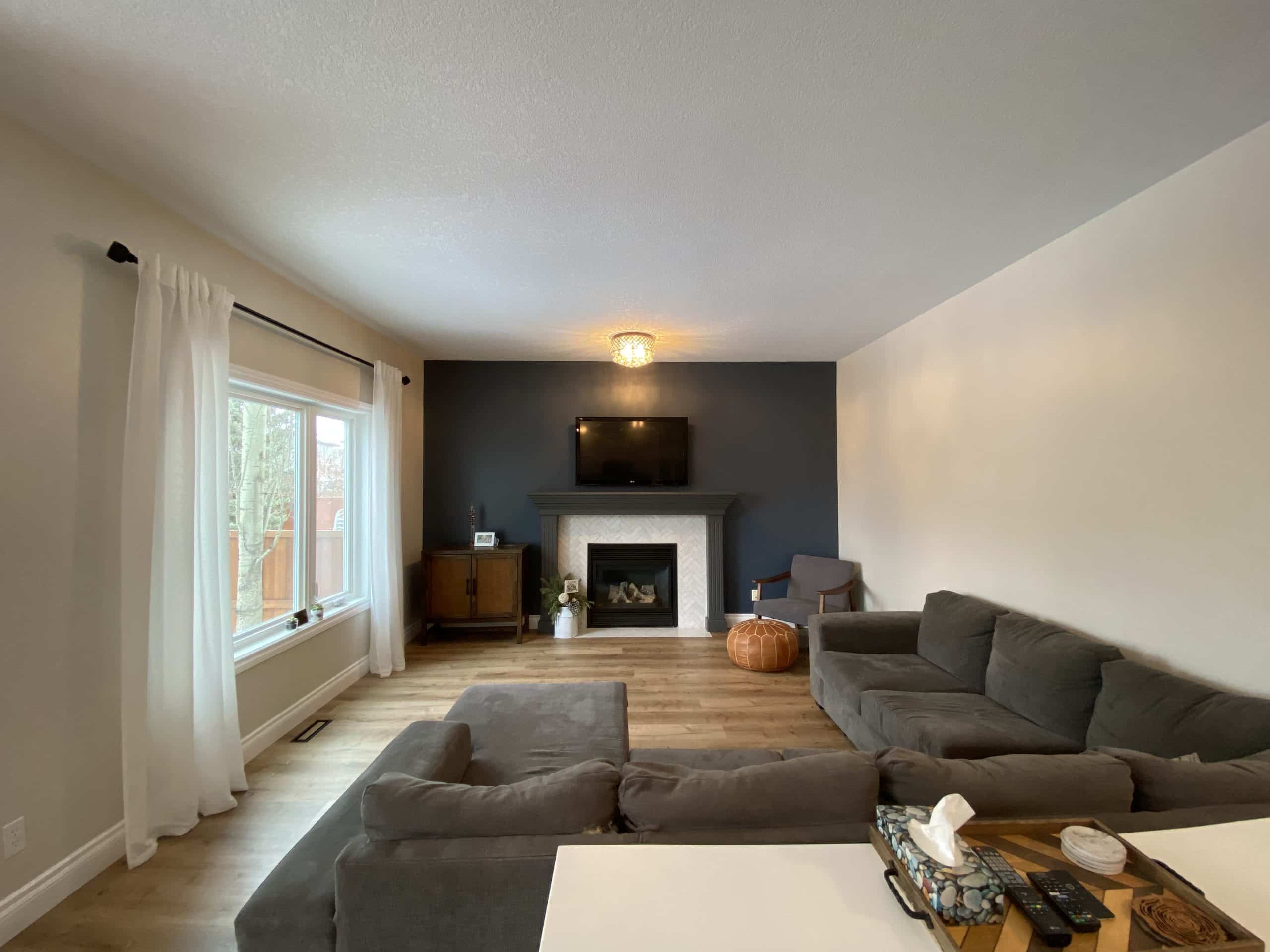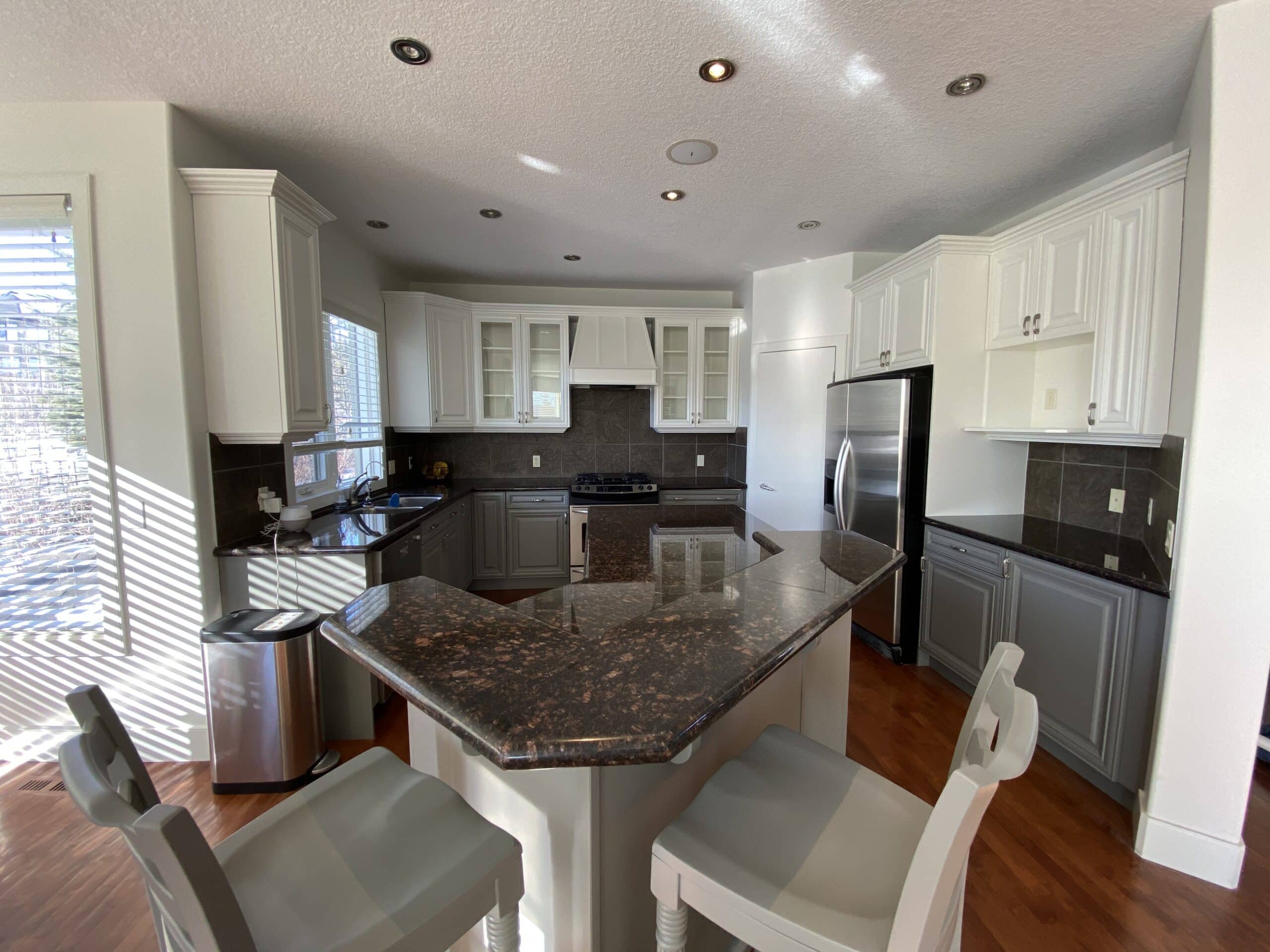Paint peeling is more than just an aesthetic issue. It signals an underlying problem with paint adhesion and often points to moisture, surface contaminants, or improper application. When paint loses its bond with a wall, it can separate in sheets, crack, blister, or flake away.
Understanding why paint peel occurs is crucial for homeowners, facility managers, and property developers. Effective prevention and repair depend on identifying the root causes—whether environmental, chemical, or procedural. With proper insight, you can extend the life of painted surfaces, reduce maintenance costs, and preserve the appearance of interiors and exteriors alike.
In this article, we’ll examine the science behind adhesion failures, common causes of peeling, and actionable product- and service-specific solutions.
The Science Behind Paint Peeling and Adhesion Failures

How Paint Adheres
Paint adheres through a combination of mechanical and chemical bonding. Mechanical adhesion occurs when paint seeps into pores and surface irregularities, creating a physical lock. Chemical adhesion involves molecular interactions between the paint binder and substrate.
When adhesion fails, the bond between paint and wall weakens, causing layers to lift. Substrate properties such as porosity, surface energy, and contamination play a critical role. Even high-quality paint will peel if applied over a dusty, greasy, or damp surface.
Environmental Effects
External conditions accelerate peeling. Moisture intrusion, high humidity, temperature swings, and UV exposure all stress the paint film. Water vapor trapped under the paint expands, forming blisters. Repeated substrate movement can crack the paint, eventually leading to peeling.
Common Causes of Paint Peeling

Poor Surface Preparation
Adhesion starts with the surface. Dirt, grease, dust, or leftover paint prevents proper bonding. Skipping sanding or cleaning can leave the paint unable to grip the substrate, resulting in peeling within weeks or months.
Moisture Problems
Moisture is one of the most frequent causes of paint failure. Water can seep through walls, roofs, or plumbing leaks, causing bubbling and eventual paint peeling. Condensation in poorly ventilated bathrooms or kitchens creates similar issues. Lack of moisture barriers or vapor retarders exacerbates the problem.
Incompatible or Low-Quality Paints
Using latex paint over oil-based coatings without proper priming can cause separation. Low-quality paints often lack adhesion enhancers or have uneven binder distribution, which weakens the film. Expired or improperly stored paint may dry inconsistently, contributing to peeling.
Environmental Stress
Temperature extremes, UV exposure, and rapid humidity fluctuations all affect adhesion. Expansion and contraction of substrates place stress on the paint film. Combined with chemical degradation from sunlight, these factors accelerate peeling.
Product-Specific Solutions to Prevent and Fix Paint Peeling
High-quality products are critical for durable adhesion.
-
Primers: Ensure compatibility with both substrate and topcoat. Examples include Zinsser Bulls Eye 1-2-3 Plus for walls and Kilz Premium for moisture-prone areas.
-
Moisture-resistant paints: Acrylic latex paints with breathable formulas reduce blistering in damp rooms.
-
Adhesion promoters: Specialty primers enhance bonding on challenging surfaces such as glossy wood or masonry.
-
Flexible paints and elastomeric coatings: Accommodate substrate movement, minimizing stress-induced peeling.
Service-Specific Fixes for Paint Peeling
Professional Surface Preparation
Repairing paint peel starts with removing loose or flaking paint, cleaning, sanding, and repairing substrate defects. Professionals often use moisture meters to identify hidden damp areas, ensuring the wall is ready for painting.
Controlled Painting Environment
Managing humidity and temperature during application prevents premature film failure. Professionals schedule jobs when conditions align with manufacturer recommendations, allowing paint to cure fully.
Expert Application Techniques
Correct application methods, including primer and paint layering, allow adhesion to form properly. Drying times between coats are essential to prevent solvent entrapment and weak bonding.
Repair and Repainting of Peeling Areas
-
Scrape and sand peeling areas.
-
Repair substrate cracks with flexible fillers.
-
Apply moisture-resistant primer.
-
Repaint with a high-quality topcoat, following manufacturer drying guidelines.
Maintenance Tips to Avoid Future Peeling
Routine inspection can catch early signs of paint peel. Controlling moisture sources such as leaks, poor ventilation, and condensation is key. Regular cleaning with non-abrasive methods and timely touch-ups can prevent minor defects from becoming extensive peeling.
Common Causes of Paint Peel and Recommended Fixes
| Cause | Signs | Recommended Fix |
|---|---|---|
| Poor surface prep | Flaking, uneven adhesion | Clean, sand, prime before repainting |
| Moisture intrusion | Blisters, bubbles | Repair leaks, install vapor barriers, use moisture-resistant paints |
| Incompatible coatings | Patchy peeling over old paint | Remove old layers, prime with compatible primer |
| Environmental stress | Cracking, UV fade, temperature-induced peel | Flexible topcoats, elastomeric paints, proper scheduling |
People Also Asked (PAA)
-
Why does paint peel off walls? Poor adhesion due to surface contamination, moisture, or incompatible materials.
-
How do I stop paint from peeling inside? Remove loose paint, correct moisture issues, and repaint with compatible primers and coatings.
-
What causes paint to peel shortly after painting? High humidity, damp substrates, or skipping primer.
-
Can I paint over peeling paint? Not safely; peeling areas must be repaired first.
-
What primers prevent paint peeling? High-adhesion and moisture-resistant primers like Zinsser Bulls Eye 1-2-3 or Kilz Premium.
-
How does moisture cause paint peeling? Water weakens adhesion by expanding trapped air pockets and blistering paint.
-
Is peeling paint dangerous for walls? While not structurally dangerous, it can indicate underlying moisture damage.
-
When should I call a professional for peeling paint? When peeling is extensive, moisture is present, or multiple layers are failing.
Common Mistakes Leading to Paint Peeling

-
Painting over dirty or damp surfaces.
-
Skipping primer or using the wrong type.
-
Applying paint too thick or too thin.
-
Painting under high humidity, temperature extremes, or direct sunlight.
Avoiding these mistakes is key to long-lasting paint adhesion.
Recommended Products for Preventing Paint Peel
| Product | Use Case | Key Features |
|---|---|---|
| Zinsser Bulls Eye 1-2-3 Plus | Interior/Exterior walls | High adhesion, mold-resistant |
| Kilz Premium | Moisture-prone areas | Seals surfaces, mildew-resistant |
| Benjamin Moore Regal Select | Standard interior walls | Acrylic latex, flexible, durable |
| Sherwin-Williams Duration Home | Bathrooms, kitchens | Moisture-resistant, washable finish |
| Elastomeric Wall Coating | Exterior walls | Flexible, crack-bridging, water-resistant |
Conclusion
Paint peel is a symptom of adhesion failure, often caused by poor surface prep, moisture intrusion, incompatible products, or environmental stress. Understanding these causes allows for effective prevention, repair, and maintenance.
Key strategies include thorough substrate preparation, use of high-quality primers and paints, and careful environmental control during application. Regular maintenance and timely touch-ups help preserve adhesion and extend paint life.

